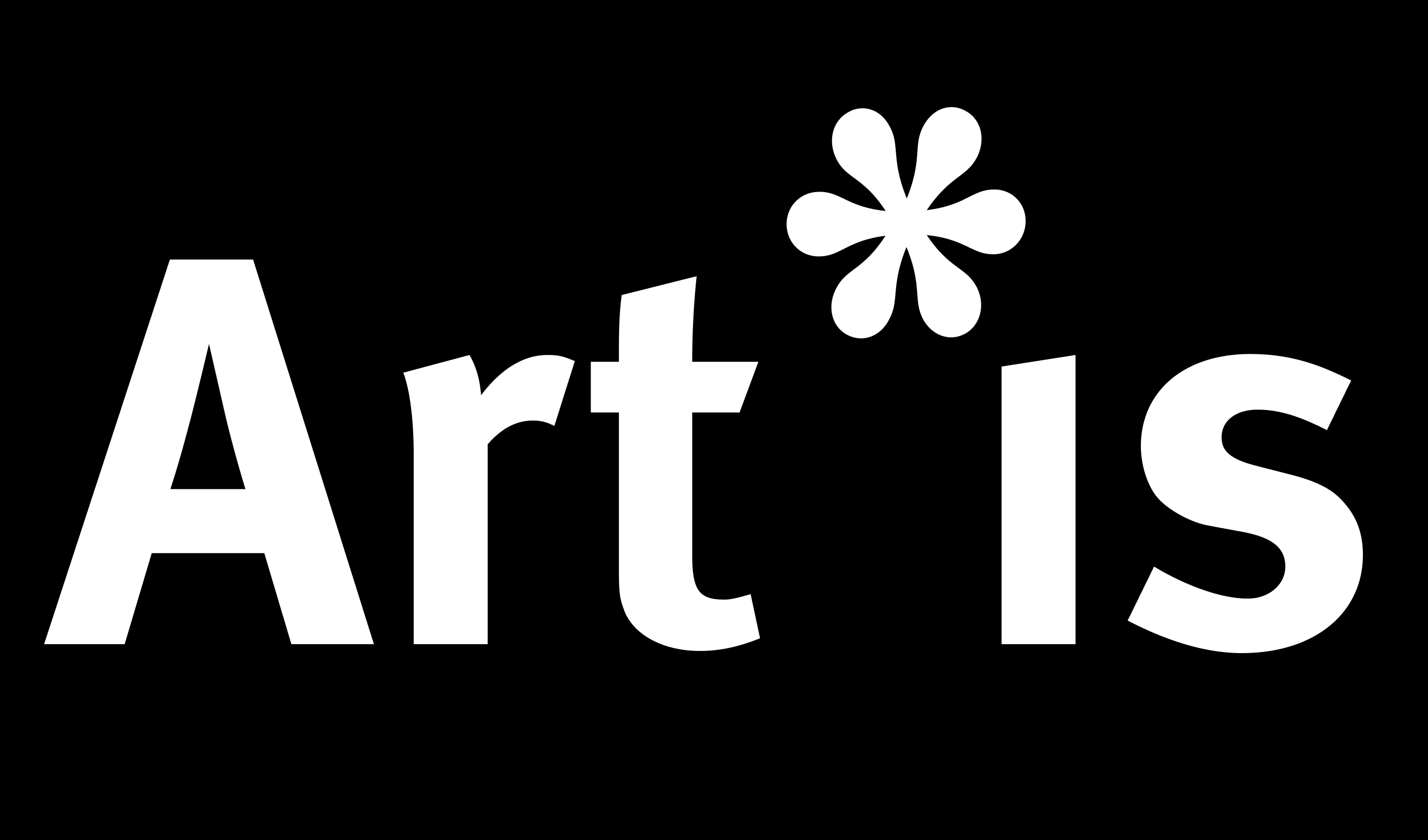written by Corinna Kühnapfel
UNIVE PhD candidates Stephanie Miller and Theresa Demmer will present their research at the 2nd Annual Doctoral Conference Vienna Doctoral School CoBeNe PhD Academy on Friday, February 2nd at the University of Vienna. The two-day student-organised event brings together researchers from Psychology, Neuroscience, Behavioral/Cognitive Biology and Cognitive Humanities. Please find the abstracts below:
Stephanie Miller: Welcome to Hell – The Influence of Gallery Lighting on Aesthetic Experience of the Last Judgement by H. Bosch
The context in which art is viewed can significantly shape one’s aesthetic experience; viewing art in a museum has been suggested to be uniquely able to elicit stronger responses and maximize arts’ effects on viewers. One element that, presumably, should play a major role in best showcasing art is lighting. However, little research has investigated the specific effects of gallery lighting in ecologically valid conditions, and existing studies primarily examine the effects of only one lighting dimension (brightness, color temperature) on only basic appraisals (liking, interest, perceived valence). These studies have demonstrated little to no effect, but also omit the more nuanced lighting techniques that museums may employ to accentuate their flagship artworks. Here, we present new research which, grounded in application-based perspectives, examines the role of gallery lighting as an interventional design element shaping visitor experience. In collaboration with a professional lighting designer, we consider multiple designs for The Last Judgement by Hieronymus Bosch, assessing museum-visitors’ experience and perceptions under the new lighting condition versus a condition aligning with current baseline standards. We will discuss results of both between and within-subjects studies, considering a range of levels from participants’ ratings, their phenomenal and emotional experience, to their perception of their entire visit and of the importance of the museum itself. This research raises intriguing new insights on the potential for lighting to maximize arts’ impact in museums and the value of investing more heavily in the framing of arts-experiences.
Theresa Demmer: Is it the Prime or the Provenance? – Investigating Art Experience with AI and Human Generated Art Using fNIRS
In 2018 Christies sold “Portrait of Edmond de Belamy” for $432,500. This is no unusual price for art. However, this artwork was made by an artificial intelligence (AI), leading to an uproar in the artworld, since—we all know—AI-produced artefacts lack art’s constituent aspect, intentionality and emotional transmission through the artwork. However—while evoking emotions or empathy is often seen as essential part of aesthetic experience—is it actually true that viewers cannot (or routinely do not) make such connections to AIart? What impact does provenance (actual or perceived), have on perception and emotional reactions? More basically, as art is increasingly seen as vehicle for fostering empathic, prosocial awareness, whether or not we have a sense/expectation of intentionality and how we bring empathic and emotional aspects online could be key for these ends. We explored these questions using abstract and representational human and AI produced artworks, which were shown to participants preceded by information on provenance – true half the time. Brain activation was measured via fNIRS during both the post-prime anticipation stage and when viewing, with participants asked to rate the artworks and to report whether they felt emotions or perceived intended emotions. Results showed that almost all viewers reported feeling emotions and assumed intentions when viewing both real and AI art, with little impact from the primes, but some evidence for stronger connection to human artworks. This was also related to brain activation over empathy/TOM regions, highlighting implications for future understanding of art experience and AI/empathy research.
The full conference programme can be downloaded here.
